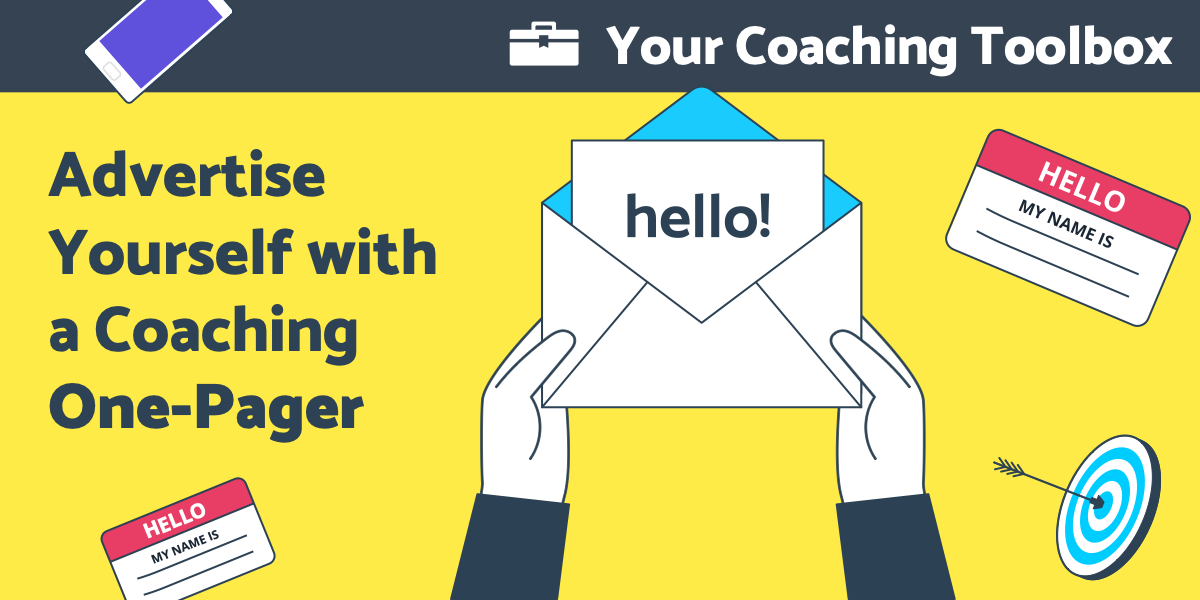
Featured Resource
Why Over Half of California School Districts Trust SchoolStatus
Read More >Join Mission: Attendance to reduce chronic absenteeism in 2025-26! >> Learn How <<






If a peer stopped you in in the hall and asked you what your role, professional goals, and how you partner with teachers, could you answer quickly? For many, the answer is no. Luckily, Rachael Moola, literacy coach in Pennsylvania, has found a creative solution to this situation by having a flyer on hand!
D
istricts that recognize the value of instructional coaches want to provide ongoing support and growth for teachers. The goal is always to affect learning—but the vision isn’t always clear. It’s important for coaches to develop a clear purpose for their work and define how they intend to serve that purpose.
For coaches taking on the role as a new member of the school or district, we may be entering a position already fraught with cynicism or negative memories through no fault of our own. Investing time in people, investigating the school’s identity, and building credibility are absolutely essential.
When I took on the role of literacy specialist at the middle school where I currently work, I knew that I’d need to take the temperature of the already established coaching culture. I learned my colleagues’ expectations of me, and I began to evaluate which of those expectations aligned with my vision and which would need to be re-framed. I learned that the functions I intended to perform were different from those of my predecessors, and I would need to explicitly communicate how I could build capacity and facilitate learning. In other words, I realized that many teachers were just not sure what kind of support I had to offer.
It’s imperative that coaches clearly communicate their opportunities for partnership with colleagues. Likely, it will take several instances of defining these opportunities to disrupt previous assumptions or misunderstandings. One way to do this is to create a Coaching One-Pager!
Now you may be thinking, “what exactly is a coaching one-pager?” Well, it’s a printed document that can articulate your goals, clarify your role, and serve as a nice reminder that you’re available.
Use this space to depict specific exemplar topics you’re hoping to explore. Framing the ideas around student growth—rather than teacher growth—helps to ease some of the vulnerability inherent in coaching collaborations.

To create a visually-appealing one-pager, add graphics to emphasize and segment the elements you want to include. Use color, bold fonts, and eye-catching images so that when that paper shows up two months from now, the teacher notices it! Include contact information or easy ways to book time with you.
If you think it would be helpful, address some misconceptions directly by explaining roles you’re not attempting to fill (such as fixing instruction, etc.). Brand yourself around student goals, and then provide your colleagues with particular ways that you can collaborate to reach those goals.
Be sure to emphasize your work as a partnership rather than leadership, and you’ll position yourself for meaningful, productive coaching experiences moving forward!
Rachael is an innovative educator with a fervent commitment to improving literacy education in middle school. She currently serves as a literacy specialist with a focus on student-centered learning experiences and highly-effective pedagogy.
Be sure to follow Rachael on Twitter @Rachael_Moola!
{{cta(‘352a410e-db79-4f33-a482-d301e8041965′,’justifycenter’)}}
 Rachael Moola
Rachael Moola
News, articles, and tips for meeting your district’s goals—delivered to your inbox.






